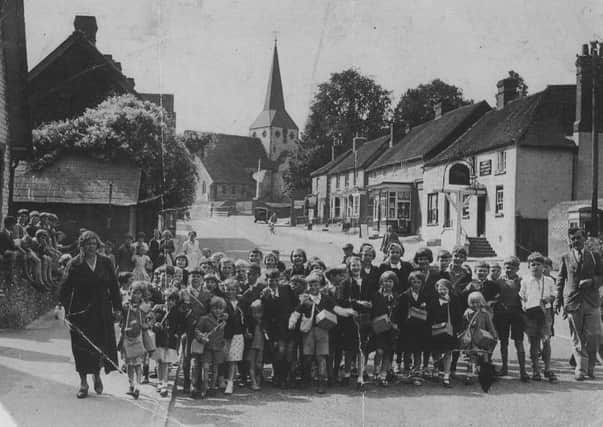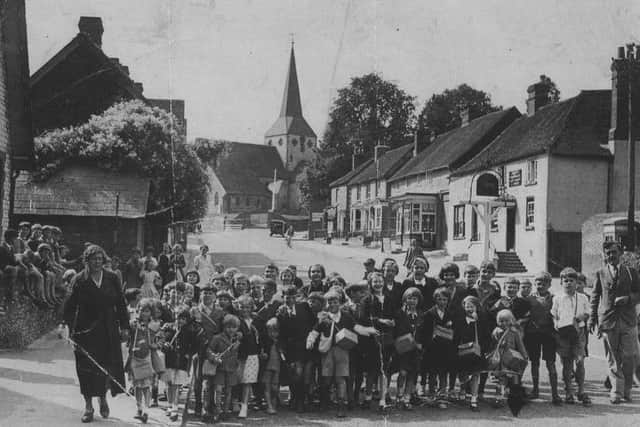This boy’s life – the evacuees who never returned to London


This article contains affiliate links. We may earn a small commission on items purchased through this article, but that does not affect our editorial judgement.
My family came to Harting in 1939 when my father, a schoolteacher, was evacuated with some of his children from a school in Battersea.His wife, daughter Pam and myself ,
only six months old, followed in November – so they tell me!
Advertisement
Hide AdAdvertisement
Hide AdWhen the evacuees arrived, most of the villagers came over to greet them in the High Street, probably to see what Londoners were like. We soon mixed in well and our new life in the country started.


My father soon joined the Harting Home Guard and, from the stories we were told after the war, it was just like Dad’s Army!
After the war, my father returned to work in London, travelling up every day. But he was smitten with rural life and, after three months, he took a teaching position at Liss School and stayed there for the rest of his career.
Also living in Harting were several families who moved after visiting their children during the war and saw their future here. Their names have become well-known in the village’s history.
Advertisement
Hide AdAdvertisement
Hide AdAfter the war, village clubs, societies and groups started up again as well as the running, football and cricket clubs, the Women’s Institute, rifle club, the horticultural society, youth clubs, church and chapel groups.
Sport was a large part of village life, and the Midhurst & District Football League six-a-side tournament held on Easter Monday at Easebourne was always very popular.
The village was virtually empty on that day as three or four coachloads of supporters left at 9am for Midhurst.
Most of the men, though, then headed across the road to horse racing at Cowdray Park, some returning richer, most poorer – and quite a lot a little tiddly – to watch the last few games of football, returning to Harting at 8pm.
Advertisement
Hide AdAdvertisement
Hide AdAnother well-known event in the Harting calendar is the Men’s Old Club, which was held on Whit Monday and now on the spring bank holiday.
The men of the village go into the woods and cut hazel sticks then decorate them. Wearing their red, white and blue rosettes, they meet in the village street for a roll call, then they all march behind the band around the village, eventually arriving at the church for a service.
Then it’s marching again, back round the village, before going for lunch at the Legion Hall or White Hart. Today it’s at the Village Hall. The High Street is closed for most of the day to allow a small funfair and local stalls to set up and other demonstrations – such as running races – to go on.
There was square dancing in the evening – ‘Honour your partner, do-si-do, and away you go!’ The caller was Paul Plum.
Advertisement
Hide AdAdvertisement
Hide AdThe annual summer flower show was held on the old village cricket ground near the kennels, at the back of Church Farm and The Warren. It later moved to the new sports playing field alongside the Petersfield Road, and it is still going strong today.
For us children, the two events that we all looked forward to were the fancy dress and then the sport races. That’s when you could win a free ice cream or a bottle of pop or even half a crown.
Also in August was the chapel Sunday school’s outing to Bognor Regis, when parents and children went by coaches in a convoy to the beach.
Each child was given nine pence to spend, which went on ice cream or a drink or, if you could manage it, a bag of hot chips to eat on the coach home.
Advertisement
Hide Ad